
Brick is one of the oldest building materials produced by man. It is an exceptionally solid raw material, obtained by burning various types of clay. Today, it is most often produced in brickyards. Its use dates back to ancient times. Regardless of the type of brick in question, each product is characterized by extremely intense market competition. However, in the vast majority of investments, this raw material is still irreplaceable. It serves as an extremely versatile and practical ceramic building material. What distinguishes brick is its very attractive parameters and wide range of applications. One type of brick is hand-formed brick shapes. What distinguishes this type of brick?
Bricks are one of the most popular building materials. They are produced in various sizes, varieties, and colors. These include clinker bricks and facing bricks, which are the base element of walls, facades, and fireplaces. Another type of brick is wall brick tiles, which most often serve as a decorative element for interiors. There are also solid bricks in red, cherry, and white, as well as brick tiles in these colors. A separate group of products are hand-formed bricks—shaped bricks.
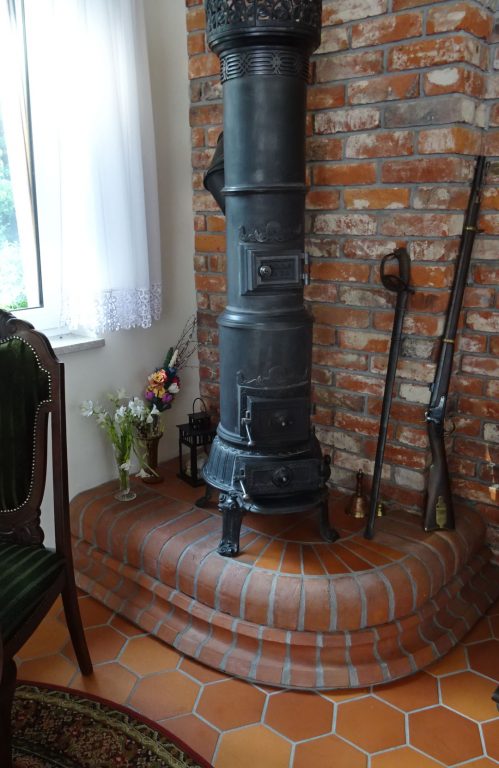


All types of bricks are produced in brickyards, while hand-formed bricks are produced in specialized factories and artisan workshops.
Clay brick production can be divided into several basic stages:
It is during the firing process that each brick acquires its specific characteristics.
The firing process begins with the final drying of the products in a dedicated kiln. There, the temperature gradually increases until it reaches 200˚C.
Then, the dehydration process occurs. During this time, the temperature rises significantly to around 600˚C, changing by approximately 30-50˚C per hour. The water bound in the clay is released. Partial decomposition of organic substances also occurs. The process also produces gases and a small amount of coal coke. At this stage of production, the bricks lose their plasticity.
The next firing stage involves another temperature increase, this time to around 900˚C. The organic compounds oxidize, decomposing into chemical compounds and minerals. This changes the mineralogical composition of the mass, and the temperature reaches 1000˚C.
Brick molds are a type of brick. They are striking decorative elements for building facades. They are most often used for finishing window sills, canopies, door and window surrounds, and cornices. This type of brick is handcrafted in specialized brickyards, according to individual customer orders. Therefore, everyone can create their own unique brick shape. Importantly, during the production of the decorations, customers can freely choose the color and face.

The shapes undoubtedly represent a unique product range. Thanks to their handcrafted nature, the possibilities are endless. All models are tailored to individual customer requirements and expectations. The finest raw materials used in the brickyard guarantee the reliability and durability of each element. The highest precision is also maintained, allowing for the creation of various indentations and decorative elements. This type of addition creates a cohesive system with the bricks. It is perfect for embellishing small architectural elements or building facades.
Hand-formed tiles are produced in many different forms. Their final shape and appearance depend primarily on the product’s intended use. The most popular types include those designed for finishing pillars, cornices, canopies, edging, and window sills. The range of shapes also includes keystones.
Hand-formed tiles are often distinguished by their custom shapes, made to the customer’s individual order.
Pillars are most often a vertical, free-standing support for a structure. They can be massive or take the form of columns. Their shapes are extremely diverse. They have been used since ancient times, when they were used as supporting elements. Another name for pillars is columns or pillars. A decorative element, partially hidden in the wall or closely adjacent to it, is a pilaster. The most popular type of pillar is made of brick. Their decorative element is a special plate called a shaped piece.
Pillar shapes are produced in traditional or shaped brick versions. Their distinguishing feature is their traditional, even face. However, we offer our clients the option of choosing a different, custom face. Our website offers facings in the following colors:
Traditional hand-formed brick for pillars has a water absorption of 16%-18%. Its strength class is “10-15.” All hand-formed bricks are made in special shapes and sizes, all according to individual customer requests.
We most often place these shapes on brick fence posts or pillars. They allow you to add a unique character to the elements, distinguishing only our fence. They also work perfectly as a support for brick structures.
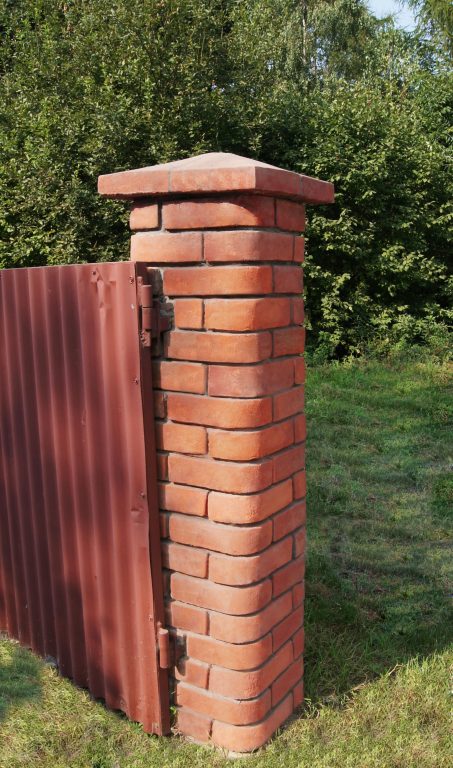
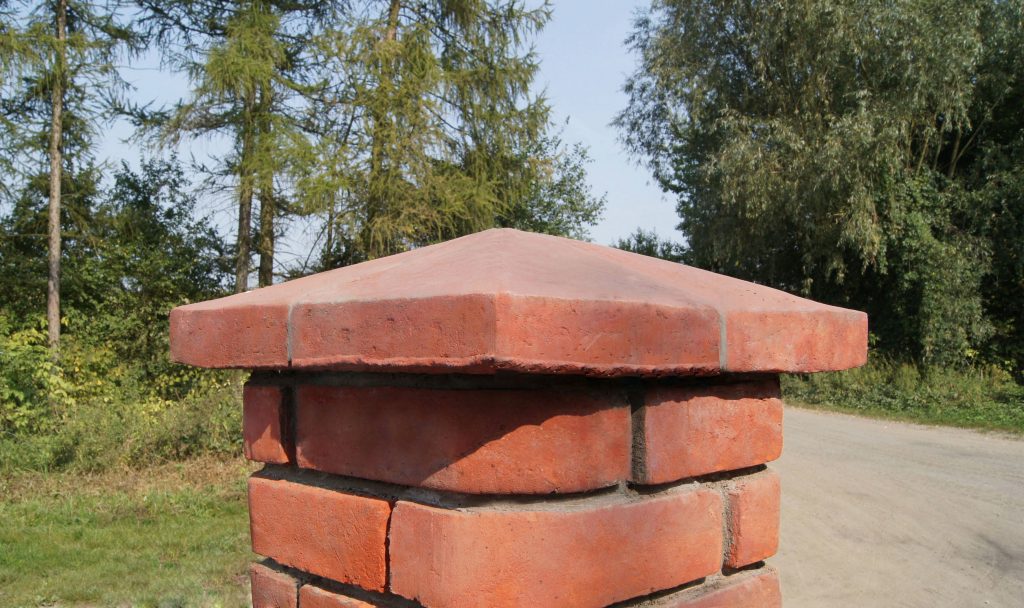
In architecture, cornices are not only decorative but also practical. They protect the outer layer of the facade from rain. Decorating buildings with architectural details such as cornices has a long tradition. For centuries, they were used to finish exterior walls, primarily in the upper sections of buildings. But that’s not all. They also emphasized divisions and gave buildings character. This is no different today. Cornices increasingly serve a structural function and are part of the so-called facade moldings. They are aesthetically pleasing, and when properly executed, they can impress every visitor. The elements manufactured in our brickyard guarantee the highest quality of decoration.
Our extensive range of cornices allows you to choose from six designs. Hand-formed brick shapes have a uniform and even face. Of course, you can also order a different face from those listed above. All have a water absorption of 16%-18% and a strength class of “10-15.”
Cornices are used as a decorative part of the facade that extends beyond the edge of the molding. They serve a dual purpose: they both serve as ornamentation and provide protection from dripping rain.


There are four basic types of cornices:
Window sills are an extremely important finishing element of any building. They are found in both single-family homes and various institutions. Their function is to effectively protect the façade from rainwater ingress. Considering the interior of window sills, they shield radiators and allow for better heat distribution. They also enhance the decorative value of rooms. A special decorative tile called a shaped element enhances the decorative value of window sills. This type of solution is perfect for brick window sills.
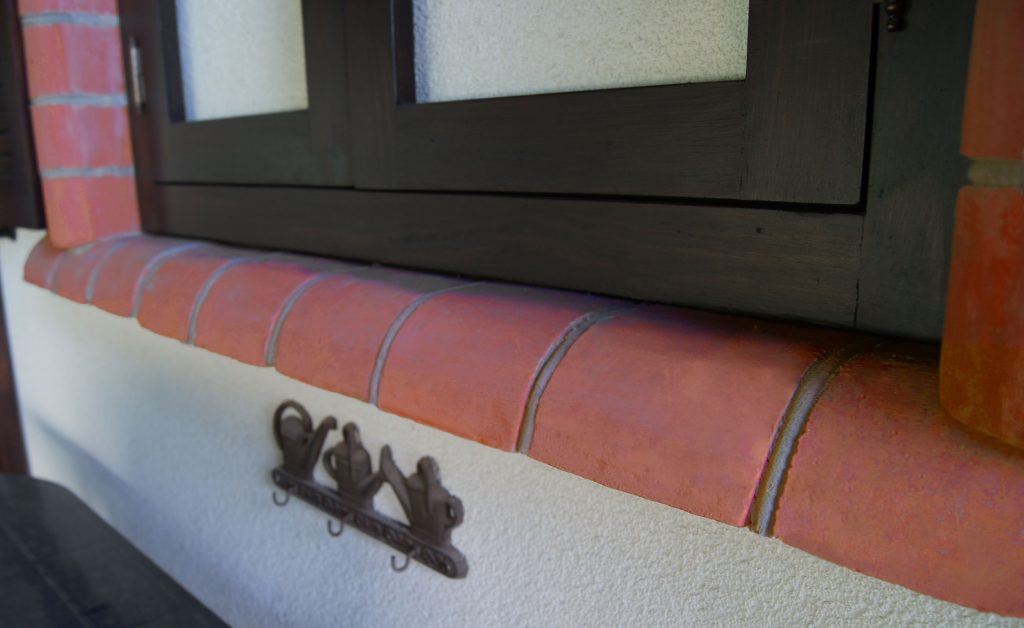
We have an extensive selection of window sills in our online store. We offer four designs to choose from. All of our hand-formed window sill bricks have a water absorption rate of 16-18% and a compressive strength of 10-15%.
Our offer includes more than just pillars, cornices, and window sills. We also produce nine types of edging, each with a unique shape. These elements are used to decorate wells or windows. We also offer canopies and keystones.
Canopies are available in four variants:
All products have a standard, uniform face. Of course, you can order a different face from the options listed above. Furthermore, all canopy-type shapes in our offer have a water absorption rate of 16%-18% and a strength class of “10-15.”
Canopies are most often used as a finishing element for fence walls.
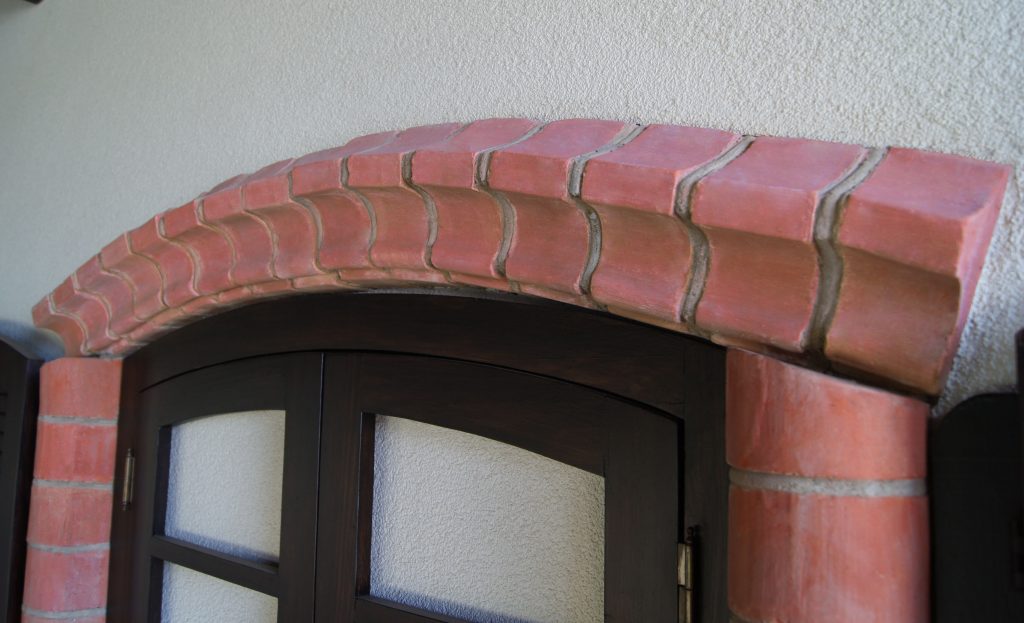
Our offer also includes hand-formed tiles for keystones—some of the most decorative elements of any building. A keystone, also known as a keystone, is the top wedge of an arch or some types of vault. It is usually richly profiled and adorned with carvings. Because these elements are often made of stone or ceramic, shaped tiles are the perfect complement.
Keystone tiles are available in four basic variants. Like the other shapes in our offer, they are characterized by the same water absorption and durability.

The Trojanowscy Brickyard offers a diverse range of bricks, including hand-formed tiles. All bricks are manufactured according to a long-standing and proven recipe, passed down through the family from generation to generation. We use wooden molds to form the bricks, offering a wide range of possibilities. This allows us to create not only the products listed in our catalog but also custom-made products for our customers. This makes shaped tiles a perfect addition to any building. They add a unique character and serve a practical purpose.
Hand-formed tiles are suitable for any design, whether for traditional or modern buildings, or the reconstruction of old structures. Importantly, our hand-formed products are completely free from dirt, mold, and fungi. This is especially important for allergy sufferers. Furthermore, our products do not contain plasticizers or dyes. This ensures that we care about the environment and the health of every living being!
Details of the brick moldings offer can be found on the individual offer subpages. Great promotions await you in our online store right now!
📌 Opublikowano: |
🔄 Zaktualizowano:
Accessibility Tools